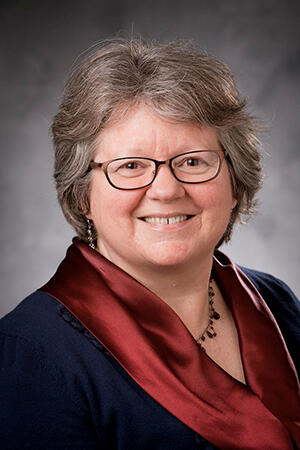When Tomi Akinyemiju, PhD, came from Nigeria to Michigan for college in 2001, she realized that she had drastically underestimated the cold. “It was the first snowstorm of the winter,” she said. “I arrived in Michigan wearing a cute little hoodie, thinking I was all bundled up.” Her brother, who had been living in the state for a while, brought her a winter jacket.
Another culture shock — when she applied for a part-time job, the application asked her to check a box to indicate her race. In Nigeria, where she had lived since she was three years old, she had never had to think about it.
“Why does it matter what race I am?” she thought.
It matters a lot. “The more time I spent in the United States, the more I understood that there are complex historical, structural, and systemic factors that shape everyday interactions,” she said. “The moment you step outside your door, one of the first things people notice is your race.
And with that comes a series of unspoken and complex social cues to negotiate and navigate any preconceived assumption and implicit association, and to get to present your true self. Sometimes it is an uphill battle.
Race, and how people are treated differently because of it, leads to major differences in health outcomes. As a bit of an outsider, Akinyemiju (pronounced Ah-keen-yah-MEE-jew) saw this aspect of culture and health as something to be examined and dissected. She has built her career doing that.
She meticulously studies what drives cancer outcomes, trying to understand why some groups of people fare worse than others, and what can be done to erase those disparities.







